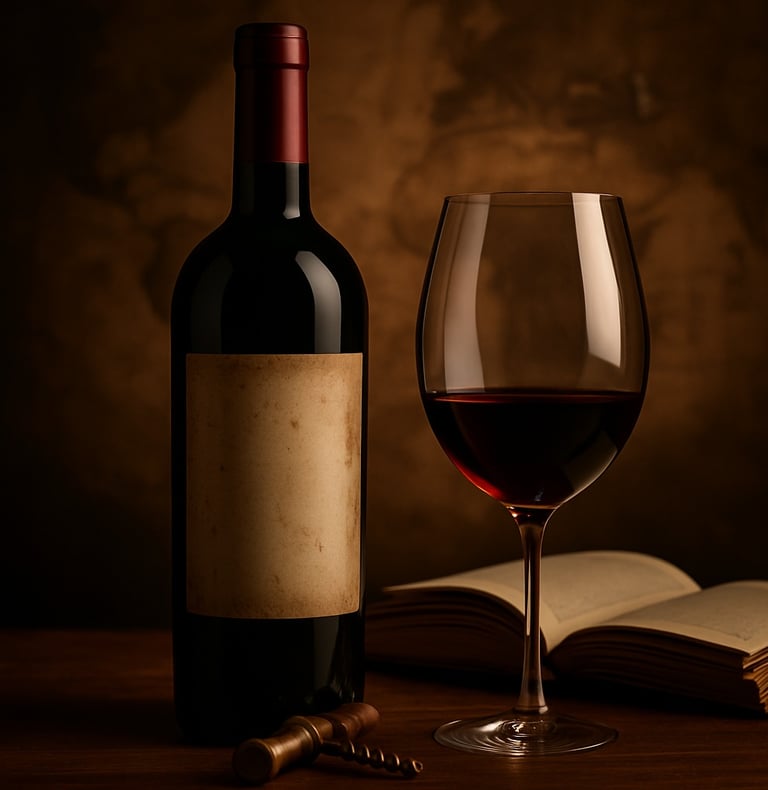
Brands that Inspire
Cases of High-Precision Storytelling
8/28/2025


Introduction: One Story Is Not Enough — You Must Know How to Tell It
In the world of luxury — and particularly in fine wine — brand storytelling is not a marketing tool: it is an emotional, symbolic, and strategic architecture. Because great brands are not defined only by what they do, but by how they communicate it, through which language, and with what level of aesthetic precision.
Effective storytelling is not about talking about history. It is about giving meaning to the present, projecting vision, and awakening desire. And for this narrative to work, it must be built with the same care as crafting an exceptional wine: without excess, without anxiety, without imitation.
Narrative Precision as the New Sign of Luxury
In a context saturated with forced narratives, true luxury is expressed in the sobriety of a refined, selective, and coherent narrative. Brands that inspire do not do so because of the volume of their story, but because of the intelligence with which they structure it:
What is told?
What is elegantly left unsaid?
How does the brand’s voice connect with the sensibilities of its ideal audience?
Example: Biondi-Santi (Italy) needs no epic narrative. Its story is built on the silent legacy of a family that defined modern Brunello without embellishment. Every phrase, every visual, every gesture communicates authority.
Case Studies: Brands That Have Elevated Their Storytelling to a Symbolic Level
✦ Cheval Blanc (France)
The architecture of Christian de Portzamparc does more than modernise the château: it tells a contemporary vision of classicism. Every space — including the fermentation room — is part of the visual and sensory narrative. Silence, light, scale, and texture… everything communicates elegance without grandiosity.
✦ Krug (France)
In every Krug edition, the narrative intertwines wine, music, haute cuisine, and technical precision. From batch codes to cultural collaborations, Krug does not tell its story — it lets it emerge through experience, allowing the consumer to construct their own version of the myth.
✦ Seña (Chile)
The alliance between Eduardo Chadwick and Robert Mondavi was only the beginning. Today, Seña positions itself as a symbolic manifestation of Chilean wine that dares to dialogue with the world’s finest. Its storytelling blends sustainability, origin, and projection with discursive clarity.
These brands do not simply tell their story. They create stories that others aspire to tell.
Storytelling and Coherence: When Every Touchpoint Amplifies the Narrative
A well-crafted narrative does not live only on the label or the website. It extends into:
The tone of the sommelier presenting the wine.
The way the team welcomes visitors.
The rhythm of a tasting experience.
The brand’s presence — or deliberate absence — on social media.
The choice of collaborators, events, and partnerships.
Narrative coherence is what turns good storytelling into a multisensory brand experience. And in luxury, that is accumulated symbolic power.
Mistakes That Dilute The Narrative
Even brands with an outstanding product can fail if their narrative:
Repeats generic phrases (“passion”, “heritage”, “family”, “quality”) without conceptual structure.
Confuses storytelling with nostalgia.
Changes tone depending on the channel, losing consistency.
Tries to appeal to everyone and ends up resonating with no one.
The premium client does not want to be spoken at. They want to see themselves reflected in a story that elevates them emotionally and intellectually.
Conclusion: To Inspire Is To Build a Narrative With Aesthetic Intelligence
In the world of fine wine, telling well is not about saying more. It is about choosing each word as if it were a note in a perfume or a chord in a sonata.
🍷 A brand that inspires is not the one that talks the most. It is the one that gets others to narrate it with admiration.

